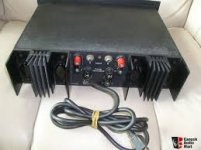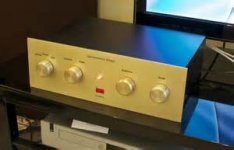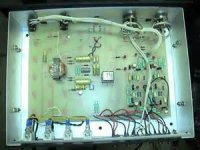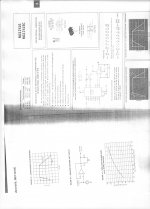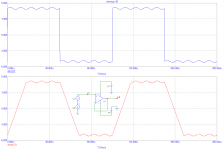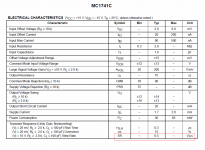That is a C, not an S. Can't you read what I have already put up from Walt Jung?
S = surface mount, read PD and storage temp (the only differences on SY's datasheet).
Our use of S was for military S-883B.
Last edited:
No need, you now have manufacturer data sheets for plain, C, S, and a few more. No need to rely on memory or secondary sources.
S = surface mount, read PD and storage temp (the only differences on SY's datasheet).
Well, not really worth wasting more time on it, but:
The 741S was a different beast to the standard 741, Much faster and higher output current, AFAIR.
It was also much more expensive.
Now, trying to google it reveals confusion!
AD shows the S as being a selected grade for guaranteed gain. Etc.
And here I ran out of the will to live - this all stuff when I was a junior oik! In this case I think JC is correct - but why is this is all getting rehashed now?
What we really need is an in depth discussion of Leclanché cells and their noise effects on clockwork gramophones.
Because the S was different from the C. It was slew-enhanced, or a very different input stage. Sorry SY, I don't have the data sheet in front of me. Tough!
Please contact Walt Jung, IF you really care to know.
Please contact Walt Jung, IF you really care to know.
Well, not really worth wasting more time on it, but:
The 741S was a different beast to the standard 741, Much faster and higher output current, AFAIR.
.
Never came across this part ever, 1970 to present. In any case the original Fairchild planar process was not capable of high output current in both directions. There is possibly some confusion with a Harris part. In any case if it was slew enhanced it was certainly not a 741 but a different circuit.
Last edited:
I slightly remember a 741(S or ?) also, touted as a fast 741.....
Perhaps simply decompensated ?
Perhaps simply decompensated ?
Here is a measurement of 1741S. It was much faster than a 741, BUT the distortion started to rise, well below the slew rate limit.
Why not, it is possible that distortion starts to rise well below the slew rate limit, depends on circuit design.
However, it is impossible to get low distortion anytime when any IC approaches and exceeds SR limit. Then, distortion is inevitable, so SR higher than that requested by input signal is a necessary condition for undistorted signal transfer. Audio designers who used to design tube circuits were mostly unaware of SR limitations, once they found them, many of them erroneously attributed these limitations to global NFB. I assume you might name some of those designers.
Linear Ic Applications - A.P.Godse U.A.Bakshi - Google Books
mentions 741S as enhanced slewrate. Not decompensated AFAIR. Page 2-54.
Enough!
mentions 741S as enhanced slewrate. Not decompensated AFAIR. Page 2-54.
Enough!
No SY, you are incorrect.
About what? All I did was post links to data sheets.
mentions 741S as enhanced slewrate. Not decompensated AFAIR. Page 2-54.
Enough!
Walt had the datasheet, pretty obscure and apparently MOTO did recycle the part number. In general slew enhancement is a bait and switch for distortion because the transition is never smooth as PMA points out.
So SY we owe JC on this one. :

 :
:

Here is the first page of the MC1741S.
Let me help you:
Attachments
- Status
- Not open for further replies.
- Home
- Member Areas
- The Lounge
- John Curl's Blowtorch preamplifier part II
